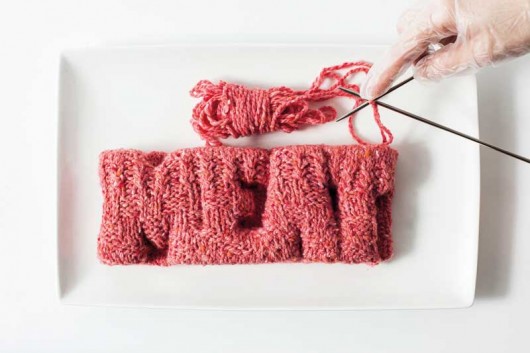
Cultured meat, or in vitro meat (IVM), has been science fiction for a long time; after a decade of research & development, in 2013 it became reality. IVM is actual meat created by harvesting muscle cells from a living animal, grown in a nutrient-dense medium for a number of weeks. It is not genetically modified; it is 100% muscle meat. One tissue sample can produce up to 20,000 tons of meat, and uses 50% of the energy and 2% of the land needed to raise cattle. It has the potential to someday be made in anyone’s kitchen, without using land for livestock, crops for feed, or fossil fuels for transportation. The first burger was eaten by a panel of chefs and food critics, and was declared to have a mouthfeel more or less like meat (Note here that IVM currently replicates hamburgers, an industry byproduct that renders desirable the cheaper cuts of meat that may have otherwise been wasted. We are still years from replicating anything near a juicy steak).
Yet despite all these statistics, people’s initial reactions are often ones of shock, confusion, and disgust. Can cultured meat ever overcome the ‘yuck factor,’ and if it does, can it expand to such a scale as to replace the industrial food system? The “core ideological justifications for in vitro meat” include lower energy and land uses, scalability to be both mass-produced and individually-produced, and the ethical argument that no animals were killed in its production.
Still, revulsion at IVM is an important factor in gauging its potential success. Calling it ‘cultured meat’ is smart marketing, evoking more than the cultured medium of a petri dish; it is the idea of a new cultural tradition aligned with the organic, locavore movement, ironically branding literally generic flesh. Artists and designers excited, yet conflicted, about IVM are exploring the concept with a cookbook called The In Vitro Meat Cookbook and a concept restaurant, Bistro In Vitro.
The project raises social and ethical questions, such as, “What will holiday dinners look like if in vitro meat replaces turkey? Would you eat meat grown from your own stem cells? Is lab-grown meat kosher? Or vegetarian?”
This last question is worth exploring. It may seem incongruous that PETA’s founder Ingrid Newkirk is a proponent of IVM, but viewed in the mechanical/technological context we encounter above, it makes sense. Her argument is that IVM is meat without suffering, therefore the only ethical meat to eat.
Yet Newkirk’s idea that IVM is free of suffering is debatable; the medium in which IVM is cultured is fetal bovine serum, another industry byproduct. The Tissue Culture and Art Project examines the idea of suffering and victimhood further with their Victimless Leather, presenting “an ambiguous and somewhat ironic take into the technological price our society will need to pay for achieving ‘a victimless utopia’.”
In other words, removing oneself from a life cycle does not eliminate the victimhood periodically suffered by participants in the cycle.
Though IVM was conceived as an antidote to the rising toll of the industrial food system, it was developed within the synthetic worldview that will only serve to perpetuate fragmented, consumptive, capital-intensive, labor-displacing synthetic solutions, rather than produce regenerative, low-cost, livelihood-generating solutions that can be sustained in our postindustrial world.